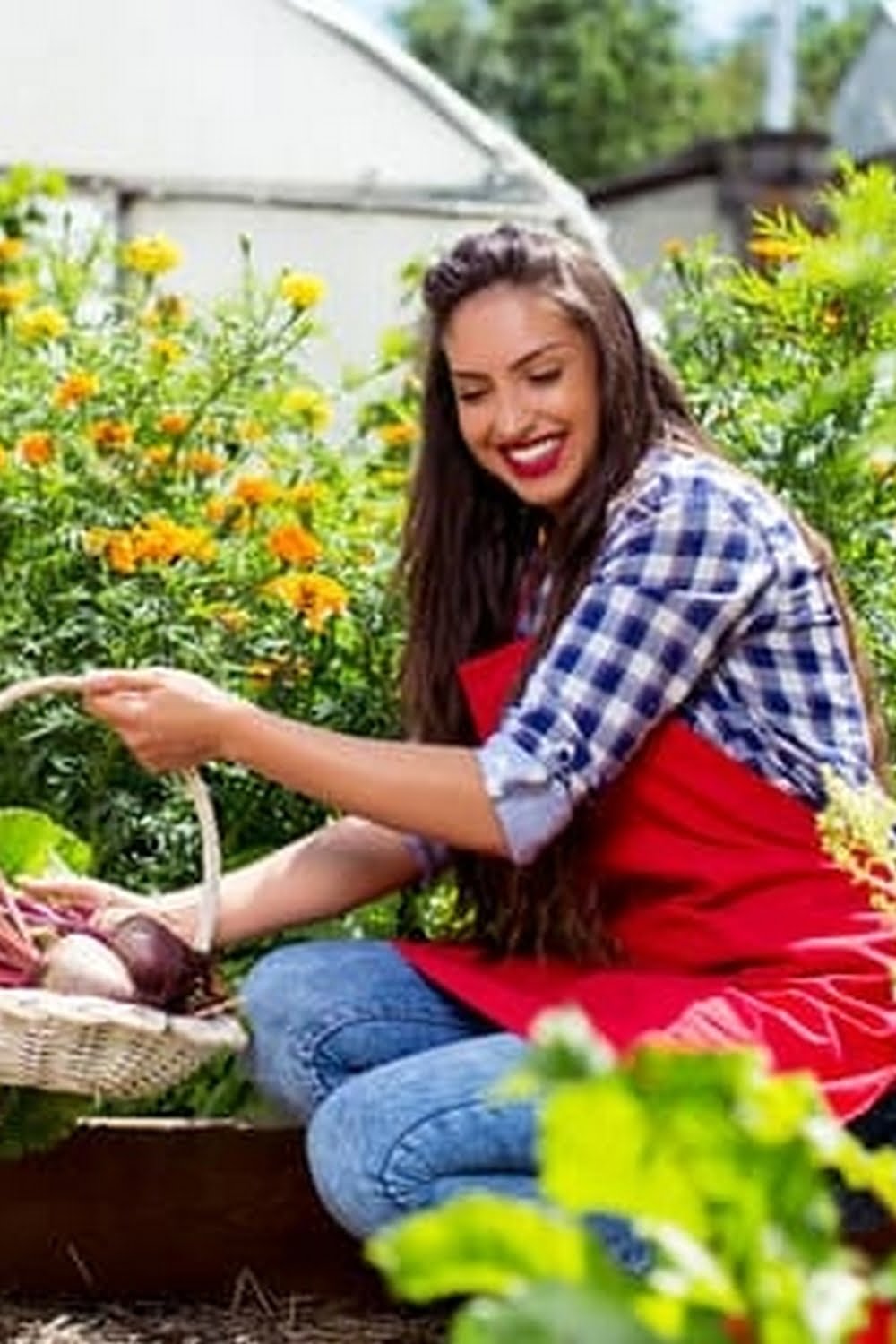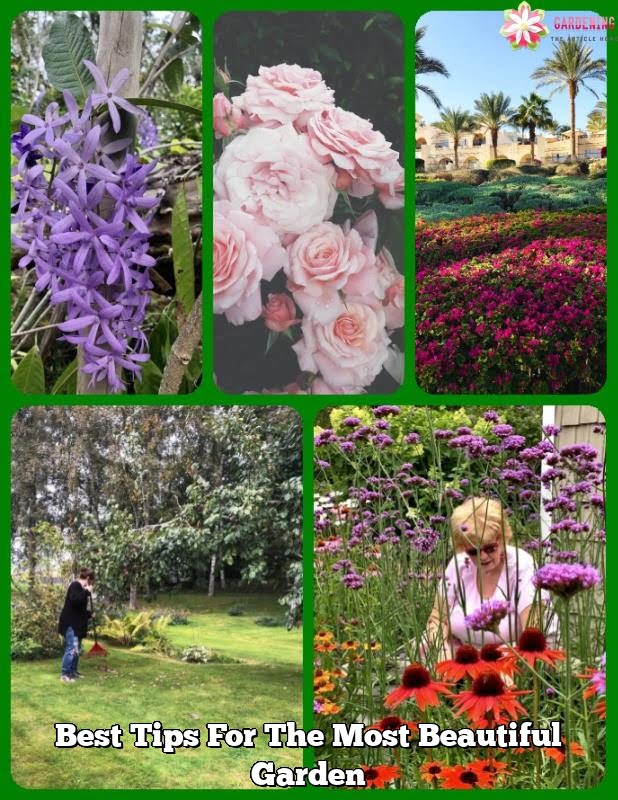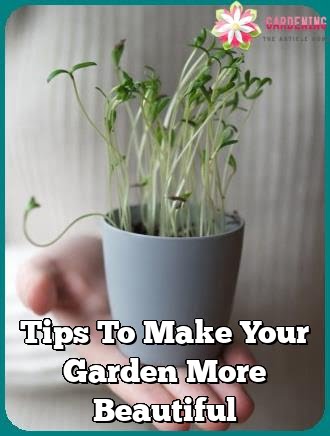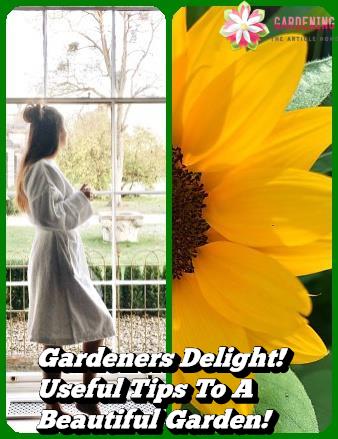
Gardening is the process of growing and cultivating various plants in horticultural plan. In most gardens, ornamental plants would often be grown for their beautiful flowers, leaves, or appearance; useful, non-plant-based plants, on the other hand, are usually grown for their nutrient value and soil-fertility. In our modern world of hi-tech gardening tools and techniques, there is a tendency to forget the primary purpose of gardening: to produce food. Yet, in the hands of talented gardeners, gardening can actually be an artform. Some gardeners may use gardening as an outlet to express their creativity by means of landscape architecture or designing, while others like to grow plants simply for beautification and decoration.
There are various kinds of gardens: formal, semi-formal, tropical, and landscape. For each kind of garden, gardening methods and designs would differ. In formal gardens, plants are grown to frame walls, windows, and skylights in architectural structures such as homes, hotels, and offices. Meanwhile, in tropical gardens, plants are grown as a way to provide habitat and protection for wildlife in the area; and in landscape gardens, plants are chosen to complement the existing landscape.
Home gardening provides ample opportunities to appreciate the visual beauty of plants. In addition, there are numerous health benefits to be gained from planting flowers in your home. However, when you choose which flowers to plant in your garden, you must consider several factors, including the size of your garden, the location, your personal preference, the season, the climate, and many more.
One of the most important things to consider in home gardening is the size of the garden. It should be proportional to the size of your house or office space. As much as possible, avoid having large gardens which may take up the whole wall or floor. Instead, keep it simple and limited to the space of one room. If you have the space, consider building a raised bed along with several fruit trees to give your garden a two-story look.
The location of the garden also plays a big role in the appearance and overall effect of the gardening experience. Make sure that the place is cool and dry in the summer so that your plants will not be affected by heat. Always remember that a gardener’s worst enemy is also his best friend, the natural environment around him.
Choosing the right kind of plants is also another aspect worth considering if you want to transform your home into a garden. When it comes to garden design, there are three main types of ornamental gardening: decorative, medicinal, and ornamental. The first two are used to emphasize certain features of a space. Ornamental plants can be potted plants or small shrubs that can be placed on walls, tables, and other interior areas.
On the contrary, medicinal gardening involves growing plants to improve the quality of life and reduce health-threatening conditions. Most medicinal plants need a certain amount of direct sunlight and minimal amounts of water. Some examples of medicinal plants include chives, garlic, and thyme, which must always be kept in dry weather conditions as they may easily dry up.
Ornamental gardens are perfect for a home garden and they usually do not require much effort. Gardening can be made more interesting and enjoyable if the gardener decides to use unique and unusual varieties of plants. However, in most cases, people tend to settle for common plants because they are easier to maintain and grow. As mentioned earlier, a good gardener should think of improving the garden design through landscaping and planting useful flowers and herbs. It would also be nice to add a small stream or a pond to improve the visual appeal of the garden.

Welcome to my blog about home and family. This blog is a place where I will share my thoughts, ideas, and experiences related to these important topics. I am a stay-at-home mom with two young children. I hope you enjoy reading it! and may find some helpful tips and ideas that will make your home and family life even better!





